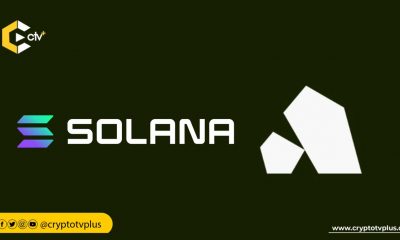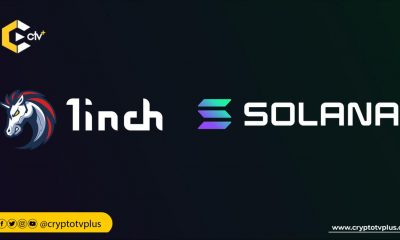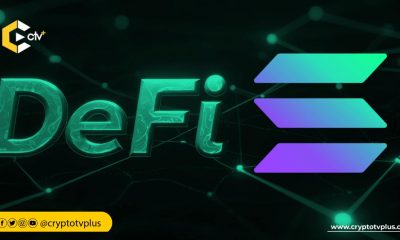FEATURED
Securing Web3: Sec3 CEO discusses how Generative AI for Blockchain Security

The extensive utilization of artificial intelligence (AI) across different sectors has opened up numerous opportunities to accelerate product development.
Thanks to advanced AI infrastructures as the ones provided by firms like OpenAI, and Google, businesses can leverage these technologies to expedite their innovation processes and streamline product creation.
Taking a closer look at the blockchain industry, Chris Wang, CEO of Sec3, has unveiled the development of a specialized generative AI model catering specifically to blockchain security.
This novel tool aims to enhance security effectiveness and accessibility for Web3 projects, fostering a more secure user ecosystem.
Sec3, a full-stack smart contract auditor and automated blockchain security service, focuses on Web3 projects. The company delivers bespoke audits and cutting-edge security software crucial for protecting users and their assets.
Why AI for security in Web3
The CEO explained how the new product caters to the current industry’s security needs, with a specific focus on DeFi.
The CEO acknowledged the widespread use of heuristic-based approaches in blockchain security, which heavily rely on human expertise to identify patterns and vulnerabilities.
However, the CEO highlighted the limitations of this method, such as the significant human effort involved, scalability issues, and difficulties in adapting to unforeseen situations.
The Role of Generative AI
Chris proceeded to discuss the potential advantages of utilizing generative AI in blockchain security. He emphasized that large models have the capacity to efficiently summarize rules, generalize knowledge, and exhibit analogical reasoning capabilities, which addresses the limitations of traditional heuristic-based and machine learning approaches.
To this end, Chris highlighted that Sec3’s initial step in pursuing this objective was the introduction of an open-source model called “OwLLM.” This model, specifically tailored for blockchain transactions, was constructed from scratch using the Transformer tech stack.
Furthermore, Chris emphasized that the development of generative AI tools for Web3 security necessitates training the models on transaction data, with a focus on comprehending blockchain transactions rather than human language.
Challenges and progress
As he reflected on the journey of developing their AI tool, he openly shared the challenges they encountered along the way. These challenges ranged from data preparation to tokenization issues and the complexities of pre-training.
However, despite these hurdles, he remained optimistic about the progress they had made. In fact, he showcased promising results in identifying malicious transactions.
Furthermore, he emphasized that Sec3 is committed to refining its generative AI model. Their focus lies in improving accuracy and reducing false positives.
Ultimately, the goal is to seamlessly integrate this technology into their Watchtower product. By doing so, they aim to provide a more advanced and efficient solution for blockchain security.
Read also; Etherfuse’s CEO introduces blockchain bonds; US and EU bonds coming soon






















